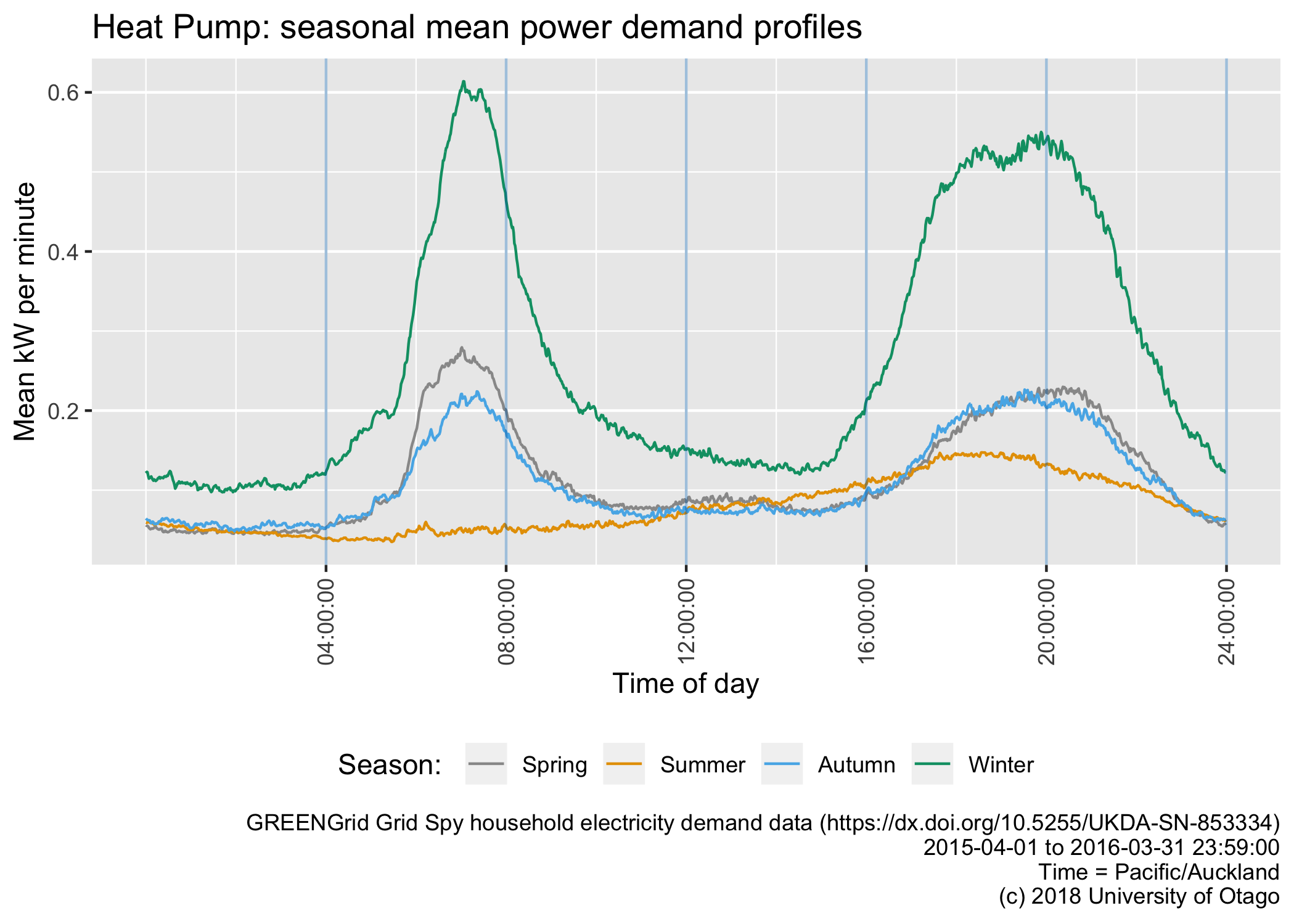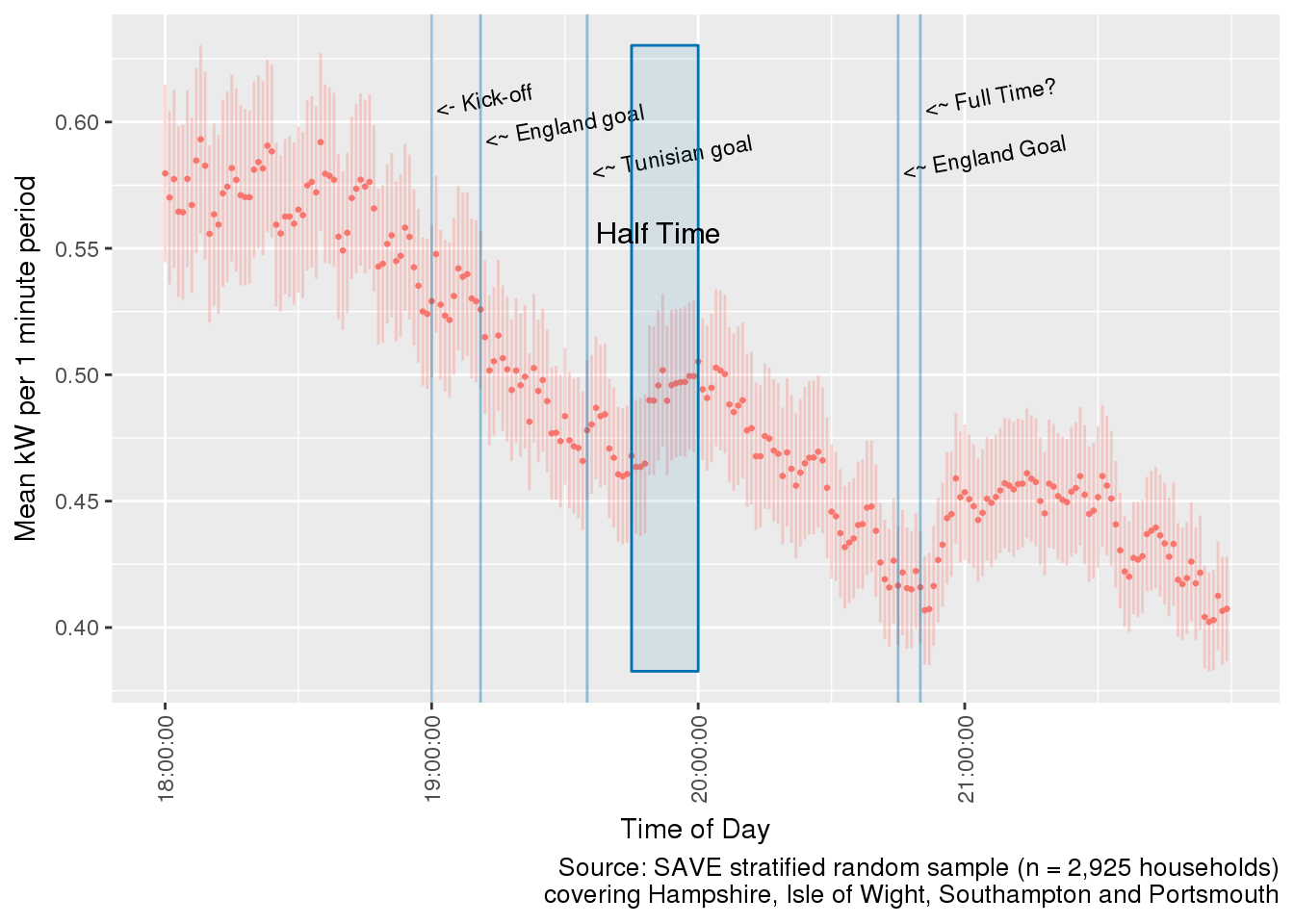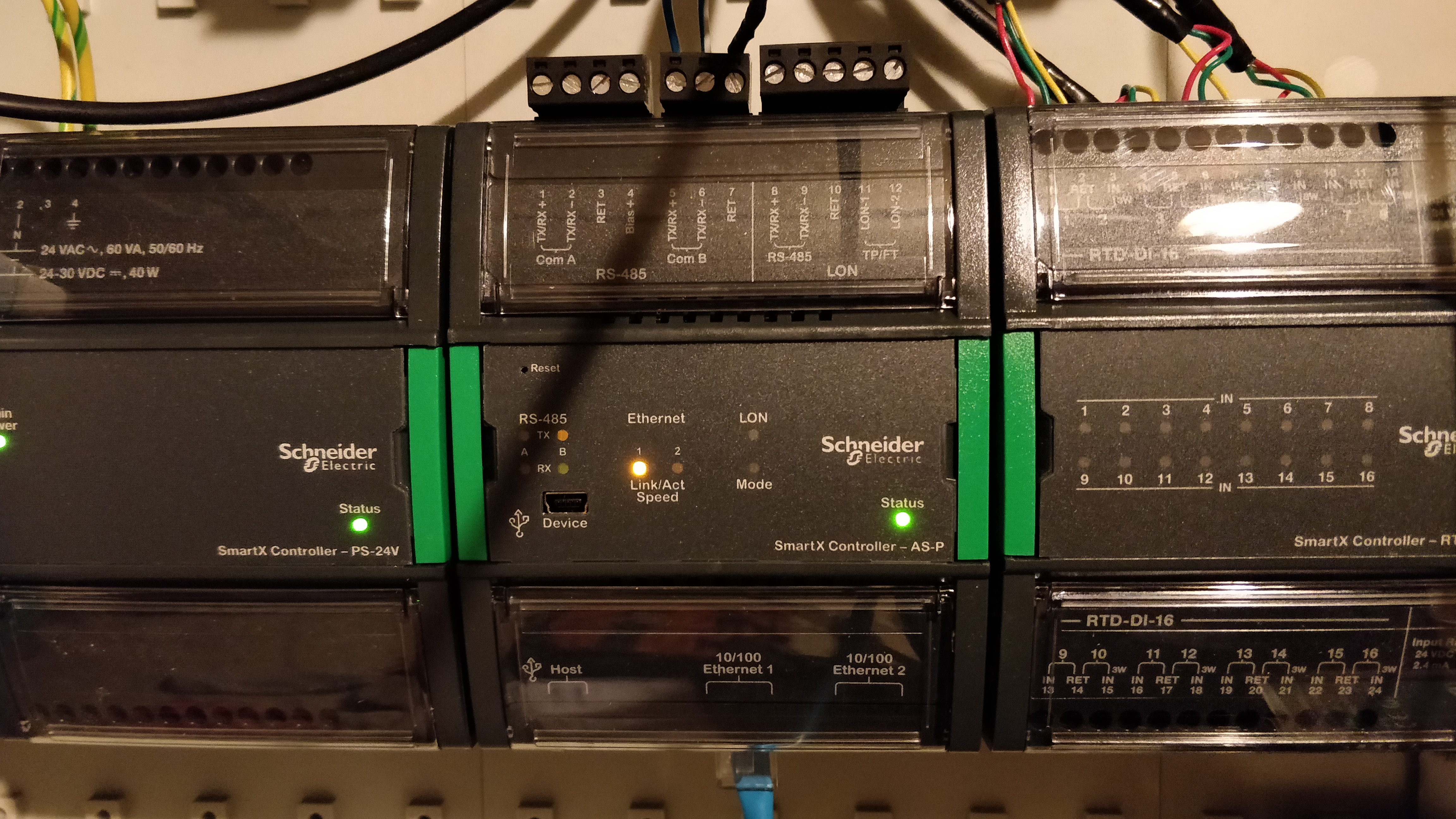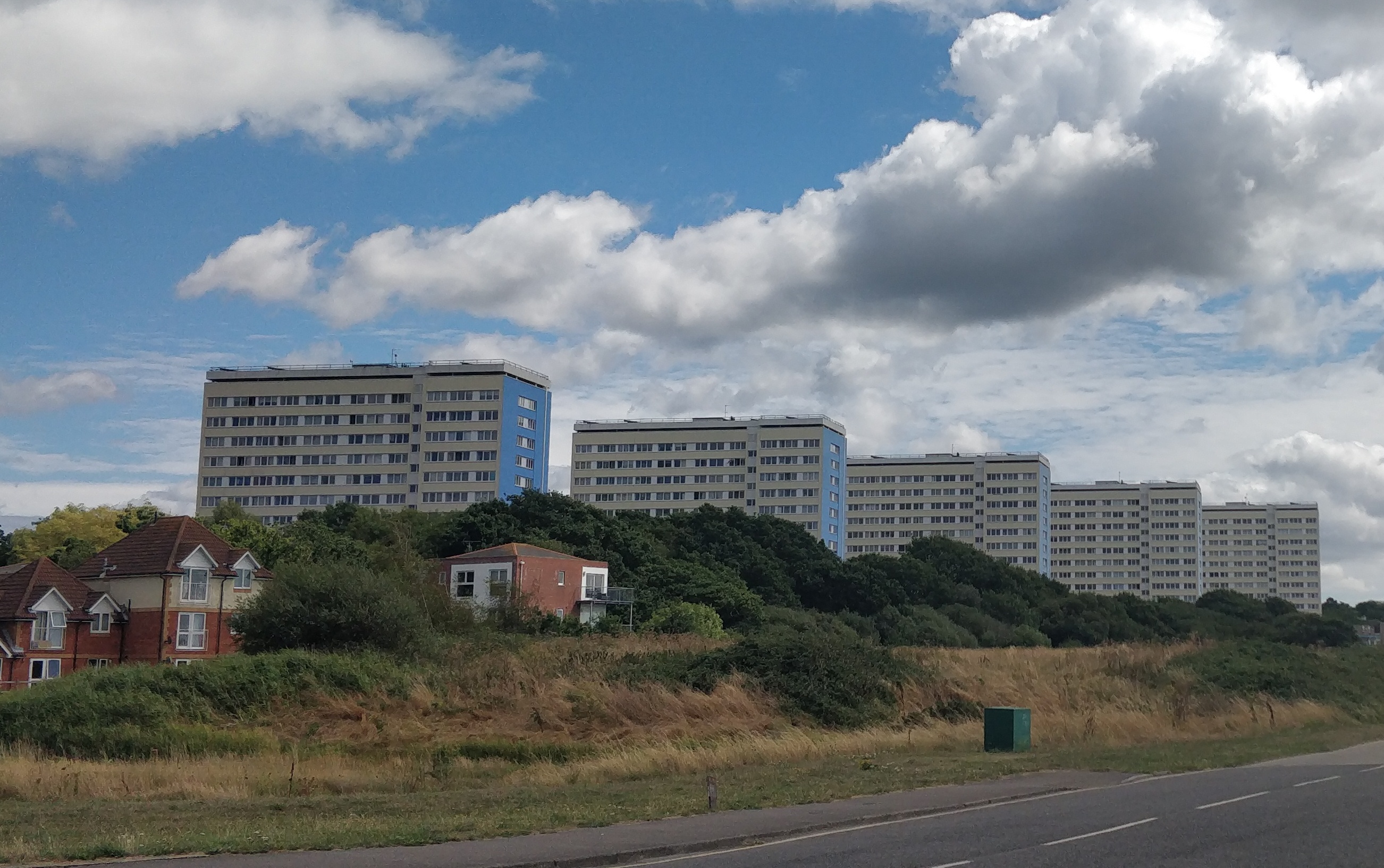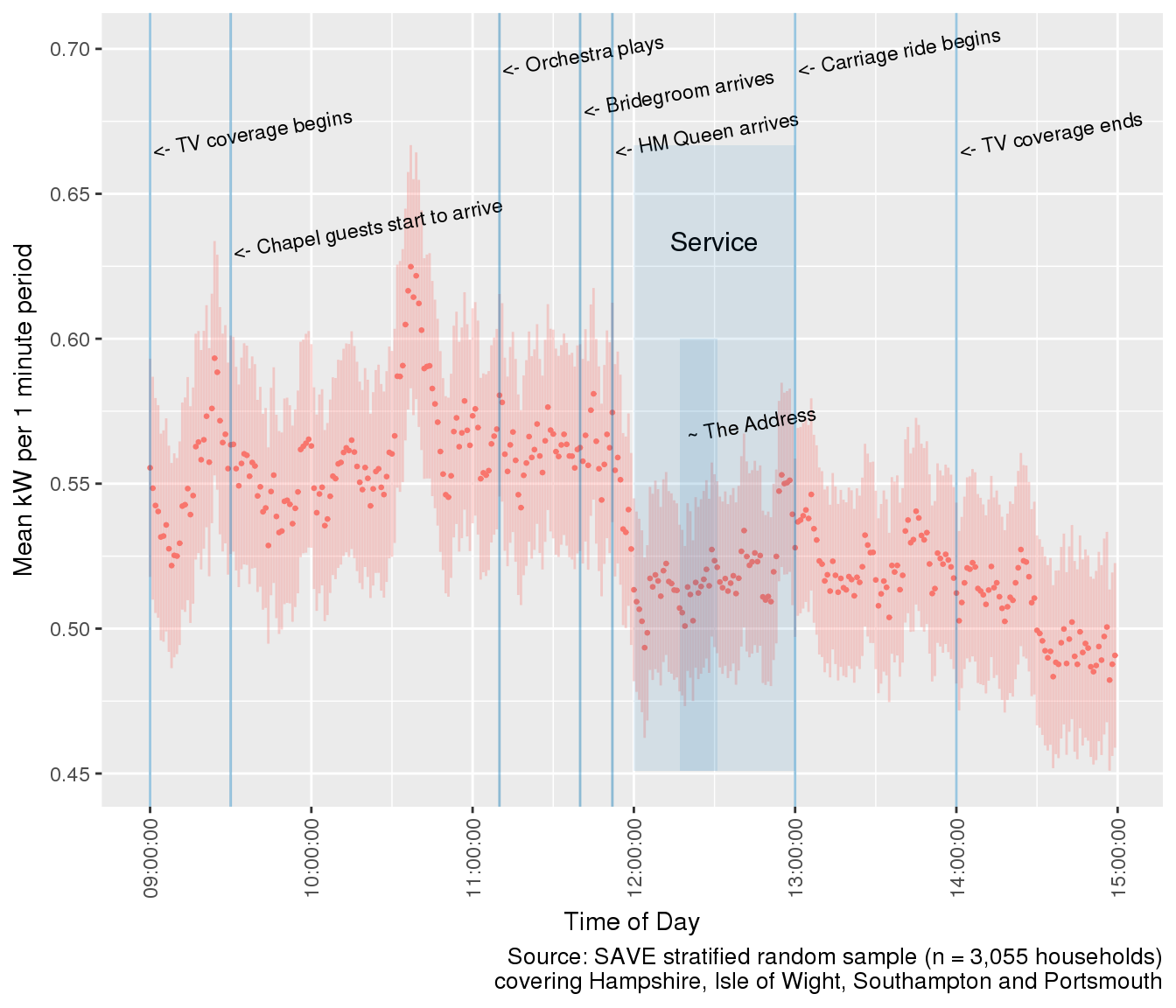Dr Ben Anderson presented two aspects of ongoing SERG work on electricity demand at two recent conferences in New Zealand as part of his SPATIALEC EU MSCA Global Fellowship. The first, Electrifying Heat: Patterns of electricity consumption in electrically heated households in the UK and New Zealand was presented at ICEERB 2018, the 8th International […]
Energy and Behaviour
Dr Ben Anderson presented a summary of recent ‘Energy Cultures‘ work at the a Technical Symposium: IEA Energy In Buildings And Communities, in Wellington, New Zealand on 21st November. His talk, which formed part of his SPATIALEC EU MSCA Global Fellowship work explained how the energy cultures framework could be used to understand ‘irrational’ heating […]
“How much electricity do heat pumps really use? When is hot water heated and are the lights kept on all day in winter?” These and other questions can now be answered thanks to the release of anonymised electricity power demand data from a sample of 45 New Zealand households.
… for England. We didn’t plan the SAVE household sample recruitment and data collection period to over-lap with the 2018 World Cup but we had no end of fun when it did. We started out with some quick analysis of pick-ups (or not) of power demand during the game against Tunisia on June 18th before […]
Monitoring includes (a) Heat Network performance (b) indoor conditions and (c) outdoor conditions. (a) Using ultrasonic flow meters we are able to measure flows and temperatures in the heat network to monitor delivered heat and efficiency of the system without disrupting water circulation. (b) Indoor variables monitored include temperature and relative humidity in bedrooms and […]
The Energy and Climate Change and the Sustainable Energy Research Group at the University of Southampton are directly involved in research and development of THERMOSS in the UK. This includes the deployment of heating technology packages in the residential demonstration sites (1) and (2) located in the cities of Southampton and Portsmouth. Both sites will […]
Author: Ben Anderson (b.anderson@soton.ac.uk, @dataknut) We recently posted a brief analysis of household power demand during the May 2018 Royal Wedding which showed a number of surges and dips associated with events in Windsor. In this post we switch to events in Russia – and specifically the first England game of World Cup 2018 (vs […]
The LCNF funded Solent Achieving Value from Efficiency (SAVE) project is collecting a range of data on household electricity demand. The data comprises electrical power demand, electrical energy consumption and a range of survey data on a large (n > 3,000) sample of households in the South East of England. Staff and students at the […]


